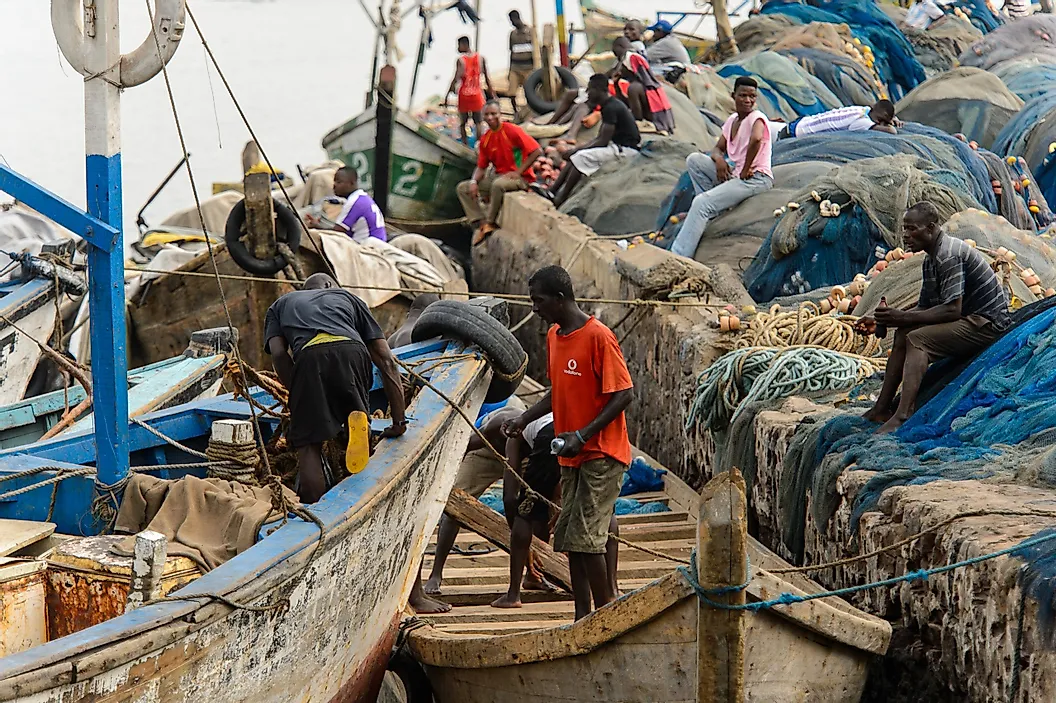
The Gulf of Guinea, situated along the picturesque west coast of Africa, stands as a sign to the continent’s rich marine biodiversity and the vibrant livelihoods it sustains. This region, encompassing coastal waters from Liberia to Angola, boasts a diverse array of marine habitats, including mangrove forests and estuaries, which provide critical ecosystems for numerous species.
Renowned for its abundant fisheries, the Gulf of Guinea is a haven for marine life. From schools of tuna to colorful snapper and succulent shrimp, these waters teem with a variety of species that support the livelihoods of local fishing communities. The bounty of the sea not only serves as a vital food source but also fuels economic activity, providing income for countless families along the coast.
Mangrove forests, with their intricate root systems, serve as nurseries and breeding grounds for fish and other marine organisms. These coastal ecosystems not only support biodiversity but also provide essential services such as shoreline protection, carbon sequestration, and water filtration, contributing to the overall health of the marine environment and surrounding communities.
Estuaries, where freshwater rivers meet the salty sea, are another vital component of the Gulf of Guinea’s ecosystem. These dynamic environments support a rich variety of life, including fish, crustaceans, and migratory birds. They also serve as important nursery areas for many commercially valuable fish species, helping to sustain local fisheries and economies.
However, the Gulf of Guinea faces numerous challenges, including overfishing, habitat destruction, pollution, and illegal, unreported, and unregulated (IUU) fishing practices. These threats not only jeopardize the health of marine ecosystems but also undermine the livelihoods of coastal communities dependent on fishing for their sustenance and income.
Efforts to address these challenges are underway, with governments, NGOs, and local communities working together to promote sustainable fisheries management, conserve critical habitats, and combat illegal fishing activities. By adopting science-based conservation measures, promoting community involvement, and enhancing international cooperation, stakeholders aim to safeguard the Gulf of Guinea’s marine resources for future generations.
As the global community increasingly recognizes the importance of preserving marine biodiversity and supporting sustainable fisheries, the Gulf of Guinea serves as a shining example of the invaluable connection between healthy ecosystems, thriving economies, and vibrant communities along Africa’s west coast.
